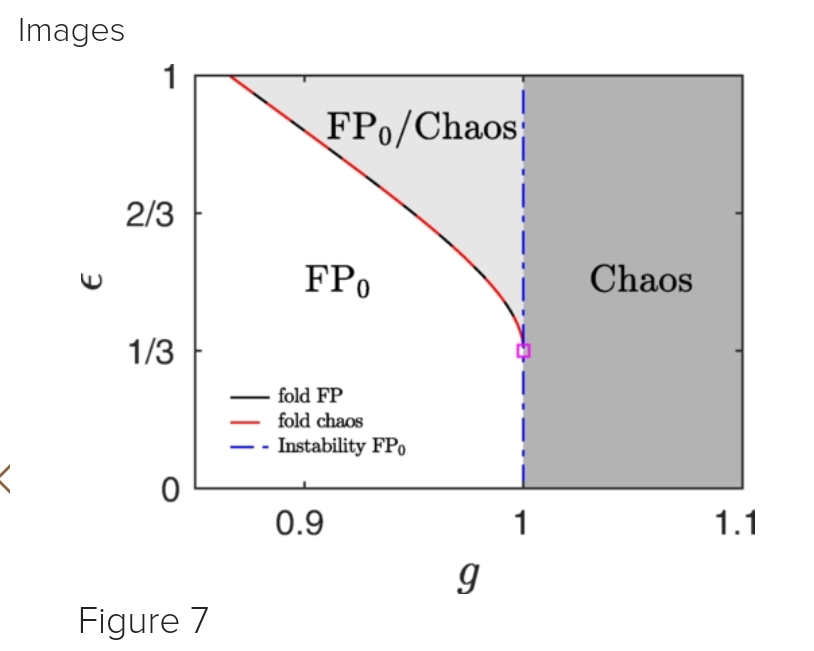<< GPT-4 is often heralded as a leading commercial AI offering, sparking debates over its potential as a steppingstone toward artificial general intelligence. But does it possess consciousness? >>
AA paper << investigates this key question using the nine qualitative measurements of the Building Blocks theory. GPT-4's design, architecture and implementation are compared to each of the building blocks of consciousness to determine whether it has achieved the requisite milestones to be classified as conscious or, if not, how close to consciousness GPT-4 is. >>
AA << assessment is that, while GPT-4 in its native configuration is not currently conscious, current technological research and development is sufficient to modify GPT-4 to have all the building blocks of consciousness. Consequently, (AA) argue that the emergence of a conscious AI model is plausible in the near term. >>️
Izak Tait, Joshua Bensemann, Ziqi Wang. Is GPT-4 conscious? arXiv: 2407.09517v1 [cs.AI]. Jun 19, 2024.
https://arxiv.org/abs/2407.09517Also: ai (artificial intell) in https://www.inkgmr.net/kwrds.html
Keywords: ai, artificial intelligence, gpt-4, consciousness
